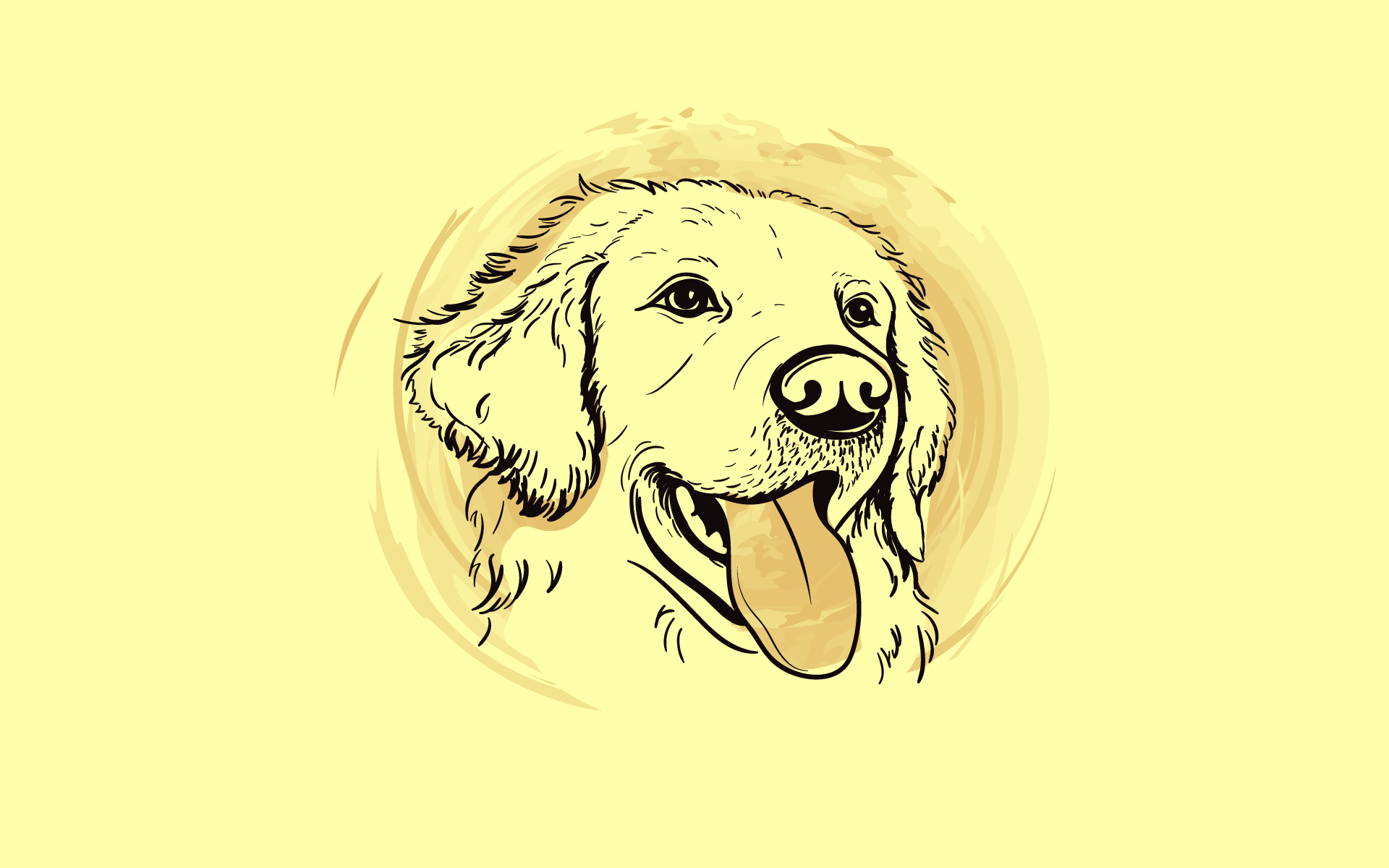When I agreed to pool resources with my ex-wife of 10 years, and move into a new house with her and my teenage children, little did I expect to come face to face with a Zen master in canine form.
Looking into his placid eyes, beneath a flourish of golden spaniel curls, I ask him, “Why, Tom-Tom? Why are we here?”
He says nothing. But he knows. It is for me to learn, and so I embark on the journey.
His provenance, via the Sedgefield Tennis Club, where he announced his availability after the passing of his former ‘owner’ (people think they own dogs, but Tom-Tom has taught me this is an illusion) is uncertain.
He was invited into the home of my now deceased ex-mother-in-law, and inherited by my ex-wife/housemate, an avowed “non-dog person”, shortly before we moved in together.
She has decamped to Austria to be with her partner for a few months, giving Tom-Tom and I the space we need to deepen our practice.
I draw on the tools I have used as a theatrical improvising performer to navigate the challenges Tom-Tom presents me daily.
Chiefly, these are to abandon any set ideas of an outcome, and not to try and guide the day’s narrative in a particular direction.
Anything can happen. A virus might suddenly appear, forcing me indoors, instantly removing my livelihood, and threatening my future and that of my fellow citizens. Of the world!
To Tom-Tom, this is of little consequence. A trifling affair. He looks up as a squirrel leaps along the garden wall, and he smiles inside, then barks. This brings him joy.
Like the changing seasons, impervious to the frolics of humankind, Tom-Tom seems to have accepted his dog-state, and does not fight against it.
Improvisers, too, work with what they have and find it sufficient to their purpose, which is to build a meaningful, even beautiful, narrative.
They are therefore very good at noticing everything in their surroundings. They listen deeply, accepting ‘offers’ – the stimuli and cues they are provided – and building on them.
This state of presence and acceptance is necessary for the story onstage to proceed. Improvisers are chivalrous. They give way and let go.
Did I mention teenagers? Like the gun in a Chekhov play, we know that they will go off, and are central to the plot.
And here Tom-Tom’s guidance, coupled with my ‘improv’ tools, has also come into play, as the unpredictable offers made by the teens must be accepted and worked with, every day.
Their development is characterised by constant change. Things that didn’t happen a few weeks ago, now take place continually.
It can be bewildering and destabilising for a crusty parent like me. I need a way to help me understand and respond.
This house itself is a new and temporary configuration, which will be left when schooling ends, and we make our separate ways into the world.
As hard as it is to accept that my role as a parent is to become obsolete, I have to learn to let go. This is my journey. Accept and use what’s there, and build on it.
Tom-Tom too will go, as will I. For now, we have the daily practice, inexorably developing my understanding.
I have to let go of clean floors and clean furniture. I have to let go of the bulbs I planted when we moved here in the autumn.
Tom-Tom presents them to me, withered and uprooted on the driveway, or astride a hole he’s dug.
Enlightenment seems impossible when I gasp at the severed sweet-pea vines, or the uprooted clivias that sit against the garden wall.
Put them back in, say Tom-Tom’s eyes, go on then. “You can go back,” he seems to say, somehow channelling Bob Dylan, “but you can’t go back all the way. Let go, move on. It’s a new day. When am I taking you for my walk?”

Leave a Reply